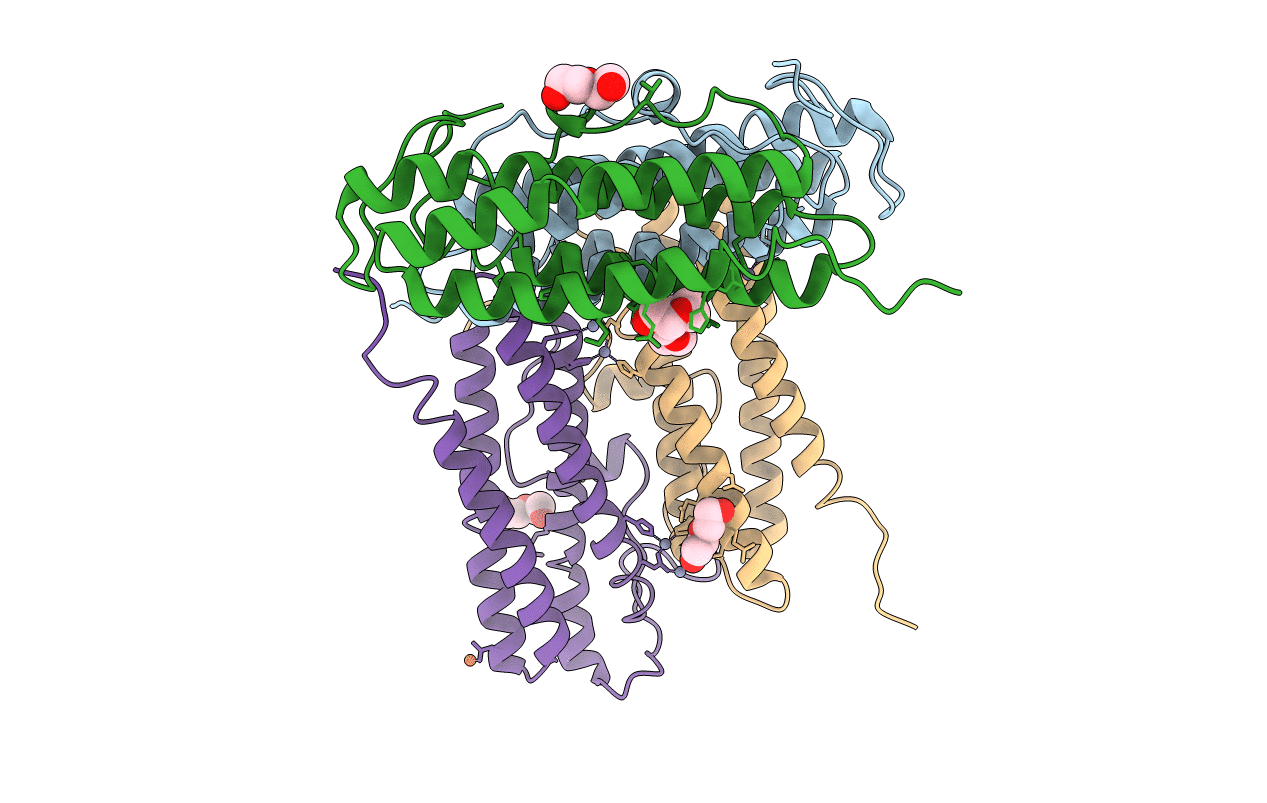
Deposition Date
2008-07-14
Release Date
2009-11-17
Last Version Date
2023-12-13
Entry Detail
PDB ID:
2VXX
Keywords:
Title:
X-ray structure of DpsA from Thermosynechococcus elongatus
Biological Source:
Source Organism:
SYNECHOCOCCUS ELONGATUS (Taxon ID: 32046)
Host Organism:
Method Details:
Experimental Method:
Resolution:
2.40 Å
R-Value Free:
0.21
R-Value Work:
0.16
R-Value Observed:
0.16
Space Group:
I 2 3


